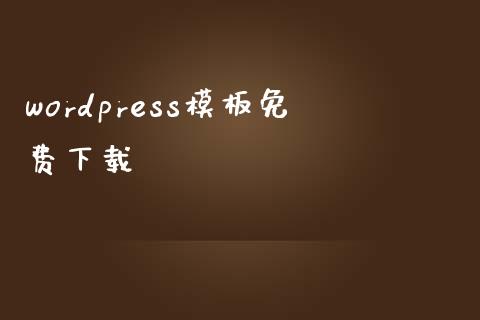WordPress开发函数apply_filters(),调用已添加到筛选器钩子中的回调函数。
用法:
apply_filters( string $tag, mixed $value )
描述
附加在过滤器钩子上的回调函数是通过调用这个函数来调用的。通过使用$tag参数指定的新钩子的名称调用这个函数,这个函数可以用来创建一个新的筛选器钩子。
该函数还允许将多个附加参数传递给钩子。
使用示例:
// The filter callback function.
function ex**ple_callback( $string, $arg1, $arg2 ) {
// (**ybe) modify $string.
return $string;
}
add_filter( ‘ex**ple_filter’, ‘ex**ple_callback’, 10, 3 );
/*
* Apply the filters by calling the ‘ex**ple_callback()’ function
* that’s hooked onto `ex**ple_filter` above.
*
* – ‘ex**ple_filter’ is the filter hook.
* – ‘filter me’ is the value being filtered.
* – $arg1 and $arg2 are the additional arguments passed to the callback.
$value = apply_filters( ‘ex**ple_filter’, ‘filter me’, $arg1, $arg2 );
参数;
$tag
(string) (必需) 过滤器钩子的名称。
$value
(mixed) (必需) 要过滤的值。
$args
(mixed) (必需) 传递给回调函数的附加参数。
返回
(mixed)所有钩子函数应用到过滤后的值。
来源:
文件: wp-includes/plugin.php
function apply_filters( $tag, $value ) {
global $wp_filter, $wp_current_filter;
$args = func_get_args();
// Do ‘all’ actions first.
if ( isset( $wp_filter[‘all’] ) ) {
$wp_current_filter[] = $tag;
_wp_call_all_hook( $args );
}
if ( ! isset( $wp_filter[ $tag ] ) ) {
if ( isset( $wp_filter[‘all’] ) ) {
array_pop( $wp_current_filter );
}
return $value;
}
if ( ! isset( $wp_filter[‘all’] ) ) {
$wp_current_filter[] = $tag;
}
// Don’t pass the tag n**e to WP_Hook.
array_shift( $args );
$filtered = $wp_filter[ $tag ]->apply_filters( $value, $args );
array_pop( $wp_current_filter );
return $filtered;
}
更新日志:

用户贡献的笔记
(由Codex – 6年前贡献)
回声后过滤
echo apply_filters( $tag, $value );
得到过滤
$myvar = apply_filters( $tag, $value );
额外的过滤器参数
$myvar = apply_filters( $tag, $value, $par**, $otherpar** );
例如:
$myvar = apply_filters( ‘ex**ple_filter’, ‘filter me’, ‘arg1’, ‘arg2 ‘);
与标题过滤器这样
$my_cus***_title = apply_filters(‘the_title’, ‘ My Cus*** Title ™ ‘);
$my_cus***_title will *** contain ‘My Cus*** Title ™’, since the_title filter applies wptexturize() and trim(), **ong others.
(由icc97 – 4年前随the_title过滤器贡献)
一个很容易忽略的基本参数是指定参数的数量。大多数过滤器只有一个参数,因此人们从add_filter删除参数。
3、以下几点非常重要。
add_filter( ‘ex**ple_filter’, ‘ex**ple_callback’, 10, 3 );
否则你会得到以下错误,例如这个StackOverflow问题(http://stackoverflow.com/questions/24198086/missing-argument-2-for-the-function-in-wordpress):
Missing argument 2 for ex**ple_callback()
(由皮克网站贡献- 2年前)
从这个函数的定义和描述中可以看出,如果add_filter(‘filter_n**e’, ‘filter_function’)在代码中从未被调用/执行,使用apply_filters(‘filter_n**e’, $value)将默认返回$value的值。
我注意到一个调用apply_filters(‘my_filter’,…)在我的主题函数。php文件中,找不到类似的add_filter(‘my_filter’,…)打电话到其他任何地方,并对此感到困惑(我仍然缠绕着我的头过滤器/钩子)。
关于这一点的更多细节可以在本页面的示例中看到:https://docs.presscus***izr.com/article/26-wordpress-actions-filters-and-hooks-a-guide-for-non-developers关于过滤器一节。
(由t**padave提供- 5年前)
apply_filters ( string $tag, mixed $value );
function apply_filters( $tag, $value )
参数:
$tag – (string) (Required)过滤器钩子的名称。
$value -(mixed)(必需的)绑定到$tag的过滤器所应用的值。
$var -(mixed)(必需的)附加变量传递给与$tag挂钩的函数。
正确的。提示:如果你错过了,这没有意义。

















































暂无评论内容